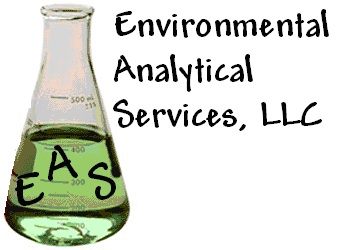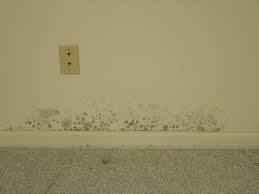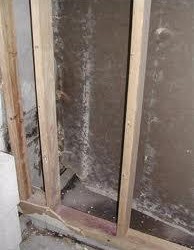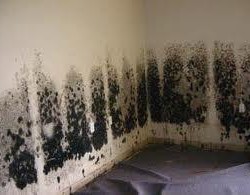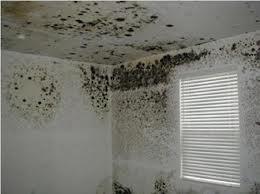Damage From Mold
Molds are fungi that can be found both indoors and outdoors. No one knows how many species of fungi exist but estimates range from tens of thousands to perhaps three hundred thousand or more. Molds grow best in warm, damp, and humid conditions, and spread and reproduce by making spores. Mold spores can survive harsh environmental conditions, such as dry conditions, that do not support normal mold growth.
Mold behind walls. Mold is found both indoors and outdoors. Mold can enter your home through open doorways, windows, vents, and heating and air conditioning systems. Mold in the air outside can also attach itself to clothing, shoes, bags, and pets can and be carried indoors. Mold will grow in places with a lot of moisture, such as around leaks in roofs, windows, or pipes, or where there has been flooding. Mold grows well on paper products, cardboard, ceiling tiles, and wood products. Mold can also grow in dust, paints, wallpaper, insulation, drywall, carpet, fabric, and upholstery. Inside your home you can control mold growth by:
• Controlling humidity levels;
• Promptly fixing leaky roofs, windows, and pipes;
• Thoroughly cleaning and drying after flooding;
• Ventilating shower, laundry, and cooking areas.
Stachybotrys is a genus of molds, or asexually-reproducing, filamentous fungi. Closely related to the genus Memnoniella, most Stachybotrys species inhabit materials rich in cellulose. The genus has a widespread distribution, and contains about 50 species. The most infamous species, S. chartarum (also known as S. atra) and S. chlorohalonata are known as “black mold” or “toxic black mold” in the U.S. and are frequently associated with poor indoor air quality that arises after fungal growth on water-damaged building materials.
Stachybotrys chartarum is a greenish-black mold. It can grow on material with a high cellulose and low nitrogen content, such as fiberboard, gypsum board, paper, dust, and lint. Growth occurs when there is moisture from water damage, excessive humidity, water leaks, condensation, water infiltration, or flooding. Constant moisture is required for its growth.
